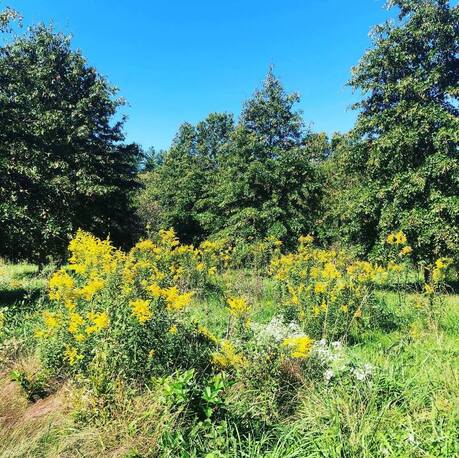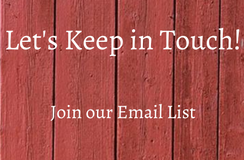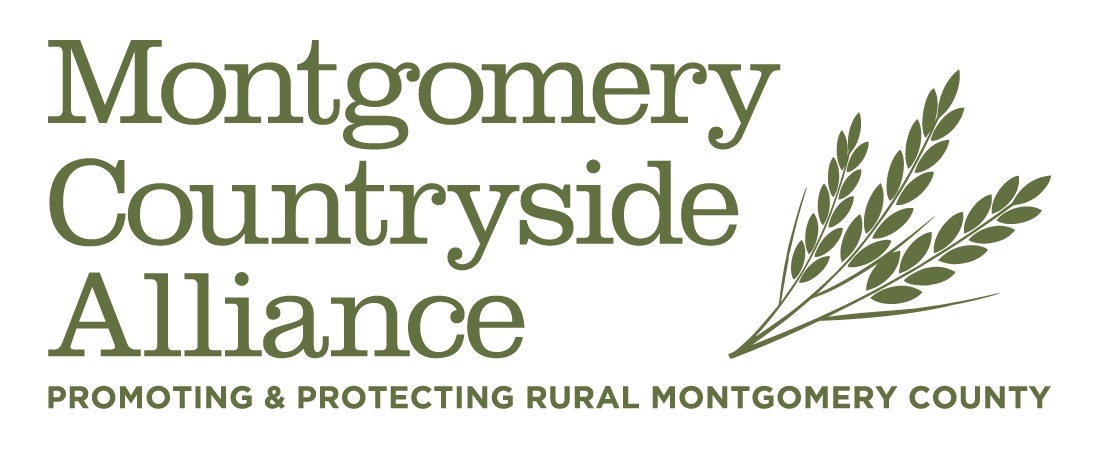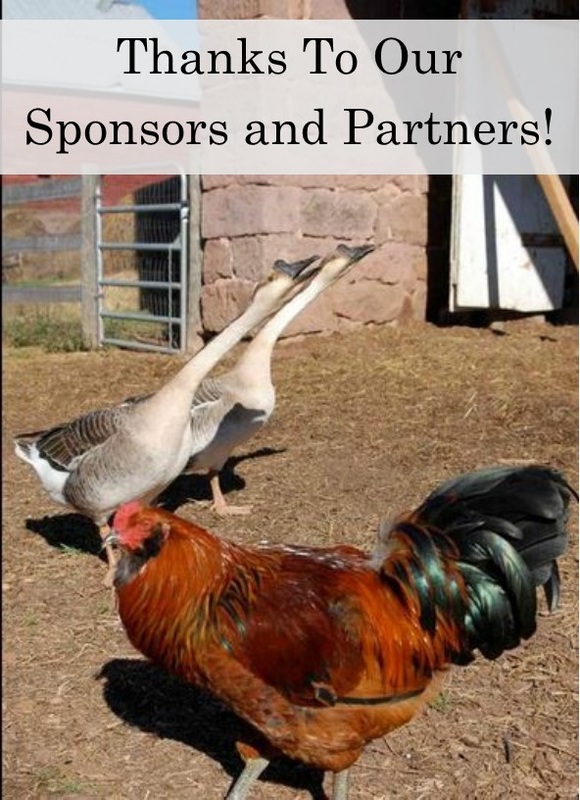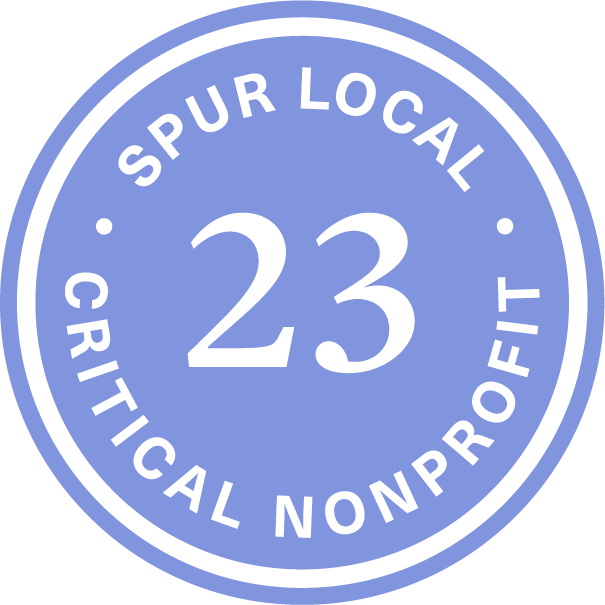When we think about habitat loss, an image comes to mind of acres of imperiled wild forest on a mountain side somewhere. While protecting the wilderness we have left is important, the world is increasingly made up not of vast wild acres of land but many, many smaller green spaces. There are things we can do to protect the slightly more tame outdoor spaces close to home as they are critical to the wildlife in our midst and our survival as well.
North America has lost some 3 billion breeding adult birds since 1970, with every biome impacted. As is often reported, pollinator decline is a real and pressing problem with impacts on the global food system. The solution to these challenges is the same - plant more of the plants that these creatures need for food and shelter and plant them in as many places as possible. Pest pressures go down, soil health and drought tolerance goes up and even neighboring cultivated crops benefit. You do not need to own a pristine mountain forest for your outdoor space to be part of the solution.
Meadow or prairie strips on farms are benefiting large scale producers across the midwest. Here in the mid-Atlantic, farmers are 'stacking' the benefits of pollinators and native plants like the photo above from One Acre Farm. Beekeepers and farmers work to mutual benefit when field edges are home to native plants like Goldenrod.
This native revolution is happening on Swiss Embassy land in the District and just announced this month, 20% of London's green spaces will be rewilded.
Whether it is a windowbox, a few pots on the patio or a whole lawn - giving over some of your green space to natives makes you part of the solution to habitat loss. Read on for resources and let us know if you have some to share.
How to Rewild your Garden in 10 steps
Planting Native Helps the Bay
MD Extension Native Plant Guide
MD Native Plant Society
Montgomery County Beekeepers
"Nature's Best Hope" by Doug Tallamy an in depth look at why and how to plant natives at home

